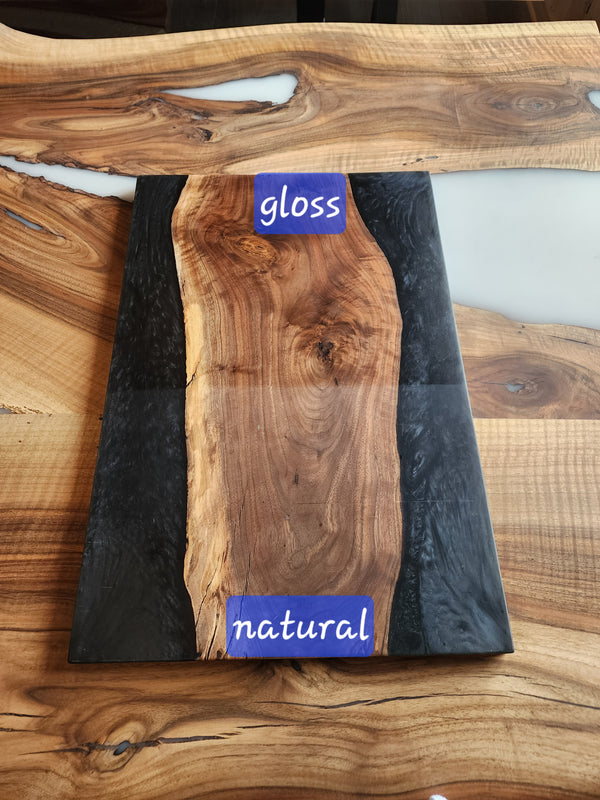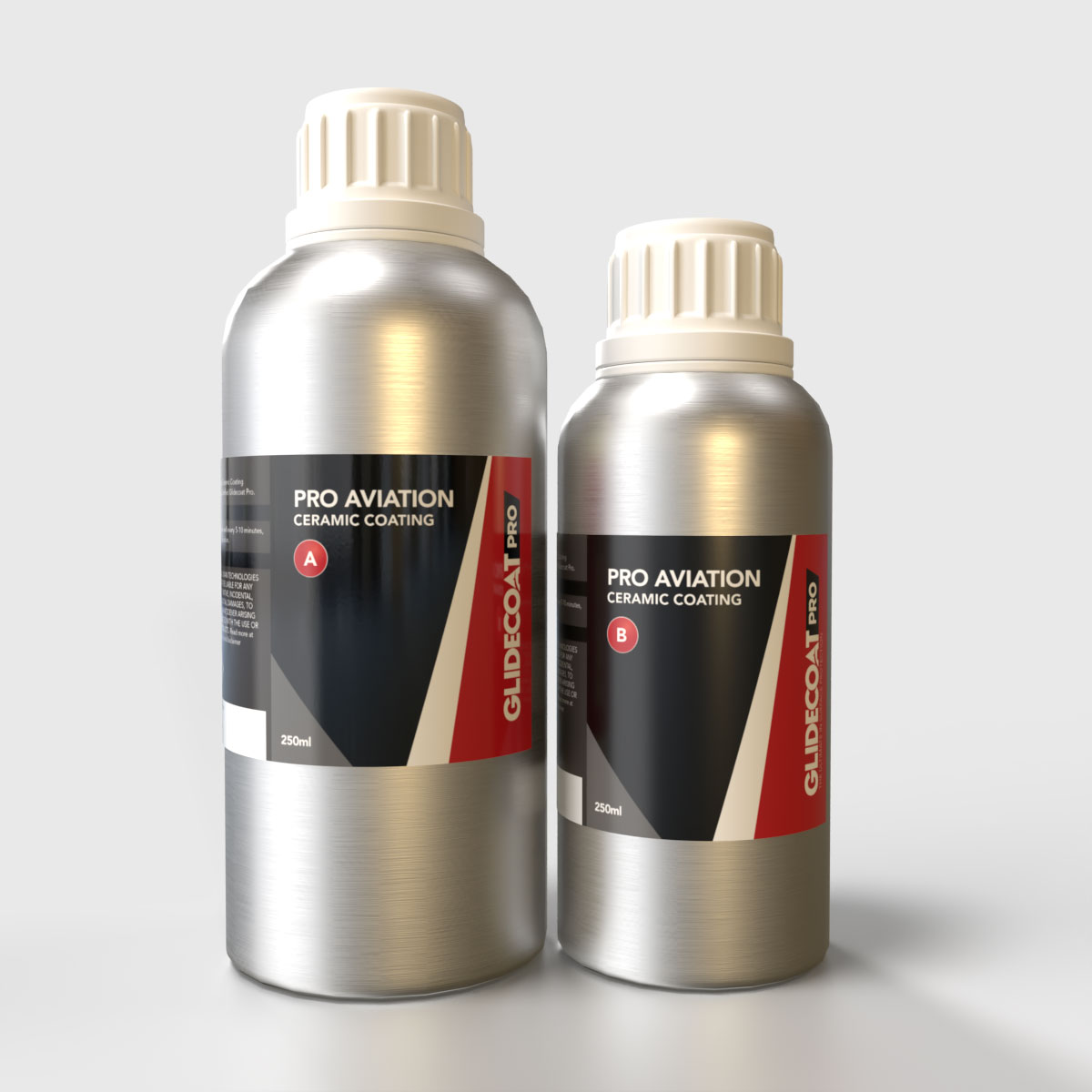The Function of Ceramic Coating Philadelphia in Protecting Against Scratches and Damage
The Function of Ceramic Coating Philadelphia in Protecting Against Scratches and Damage
Blog Article
Why Ceramic Covering Is the Ultimate Option for a Remarkable End Up
Ceramic finish has actually arised as a leading solution for those looking for a perfect surface for their cars, many thanks to its exceptional toughness and safety features. This innovative fluid polymer not just bonds effortlessly with factory paint yet additionally offers a formidable obstacle versus usual threats such as scratches, UV rays, and environmental toxins. Its hydrophobic homes simplify maintenance while boosting visual charm. Comprehending exactly how this technology compares to conventional methods and exploring its application subtleties can disclose also a lot more regarding its worth. What variables absolutely set ceramic finish apart?
What Is Ceramic Coating?

When used properly, ceramic covering creates a hydrophobic surface that repels water and dirt, making it much easier to keep and cleanse. Unlike typical waxes or sealers, which normally use short-lived security, ceramic layers can last for several years, relying on the item top quality and application approach. The procedure of using ceramic coating needs precise prep work, including thorough cleaning and occasionally paint improvement, to make certain optimal bonding and efficiency.
Ceramic layers are not restricted to auto surface areas; they can additionally be used on various materials, including glass, steel, and plastics, supplying a versatile service for improving protection. On the whole, ceramic covering stands for a significant development in surface area protection technology, integrating both aesthetic and practical benefits for a vast range of applications.
Benefits of Ceramic Finish
While lots of surface area defense options exist, the advantages of ceramic covering stick out because of its distinct buildings and resilient performance. One of the primary advantages is its remarkable sturdiness. Ceramic Coating Philadelphia. Unlike conventional wax or sealants that call for frequent reapplication, ceramic finishings offer a resistant layer that can last for numerous years, considerably reducing maintenance efforts
One more remarkable advantage is enhanced protection versus environmental impurities. Ceramic finishings produce a hydrophobic surface area that fends off water, dirt, and various contaminants, making it easier to cleanse. This feature not just preserves the car's look however also decreases the danger of deterioration and oxidation, specifically in harsh weather condition problems.
Additionally, ceramic coverings supply exceptional resistance to UV rays, avoiding fading and destruction of paint in time. This UV security is essential for preserving the aesthetic value of surface areas and lorries revealed to direct sunlight.
Furthermore, the shiny finish achieved with ceramic finish boosts the overall visual charm, providing surfaces a showroom-quality shine. On the whole, ceramic coverings represent a considerable advancement in surface area defense innovation, providing long-lasting advantages that accommodate both aesthetic and useful requirements.
Exactly How It Functions
Comprehending the science behind ceramic coatings discloses how they offer such remarkable defense and long life. At its core, a ceramic finish is a liquid polymer that chemically bonds with the car's factory paint. This bonding produces a protective layer that is both hydrophobic and oleophobic, repelling water, dust, and oil. The key component of the majority of ceramic finishings is silicon dioxide (SiO2), which is derived from quartz. This substance adds to the finishing's firmness and resistance to scratches, UV rays, and environmental impurities.
The application process involves numerous steps, consisting of surface prep work, which is vital to accomplishing optimal bond. When used, the layer goes through a curing procedure, throughout which it solidifies and forms a semi-permanent bond with the paint surface area. This bond is what distinguishes ceramic finishes from conventional waxes and sealants, offering a longer-lasting safety barrier that can withstand for many years.
In addition, the thickness of the covering can improve its protective top qualities, making sure that it can stand up to rough problems. Eventually, the scientific research of ceramic coatings incorporates advanced materials with cutting-edge application strategies to deliver an why not try these out unmatched level of protection and visual enhancement for vehicles.
Contrast With Conventional Methods
The benefits of ceramic layers become specifically noticeable when compared to standard paint defense techniques such as sealers and waxes. While waxes offer a temporary sparkle, typically lasting a couple of weeks to a number of months, ceramic coverings provide a resilient safety layer that can sustain for a number of years. This longevity dramatically a knockout post lowers the regularity of reapplication, making ceramic finishes a much more economical service in time.
Additionally, traditional approaches usually call for extensive prep work and several applications to achieve an adequate degree of security. On the other hand, ceramic finishes bond at a molecular level with the vehicle's surface area, developing a durable shield versus ecological impurities like UV rays, acid rain, and road salts. This bond enhances the vehicle's resistance to scrapes and swirl marks, which are widespread with typical waxes and sealers.
Furthermore, the hydrophobic properties of ceramic finishes fend off water and dirt, bring about easier cleansing and maintenance. In contrast, wax and sealant-treated surface areas can draw in grime, requiring even more regular cleaning - Ceramic Coating Philadelphia. In general, ceramic coatings not only offer premium protection but also deliver an extra enduring and aesthetically appealing coating, establishing them as the recommended choice for discerning automobile owners
Application and Upkeep Tips

Making use of a foam applicator, use the covering in small sections, adhering to the producer's guidelines concerning density and overlap. Allow sufficient treating time between coats, generally 1 day, to ensure correct bonding. After application, it is critical to Home Page prevent direct exposure to water or extreme aspects for at the very least a week to permit the layer to fully treat.
In addition, utilizing a ceramic maintenance spray can improve the coating's hydrophobic residential properties and longevity. Routine examinations for any type of signs of wear will assist maintain the covering's honesty and maintain that beautiful surface.
Conclusion
In conclusion, ceramic layer arises as an exceptional option for achieving a perfect automotive finish. By forming a robust bond with manufacturing facility paint, ceramic finishing effectively shields versus scratches, UV rays, and ecological impurities.

Report this page